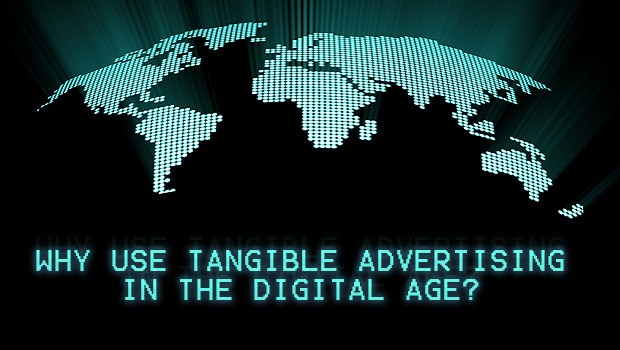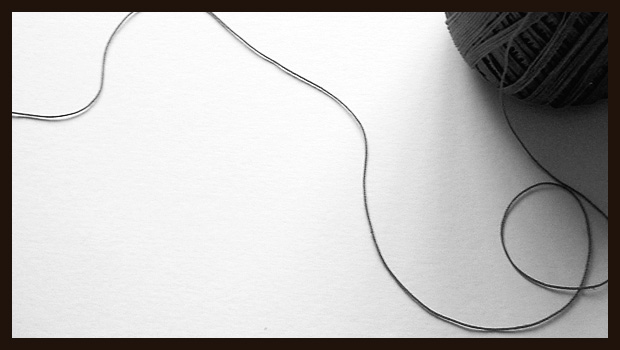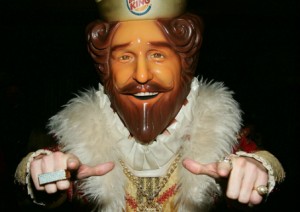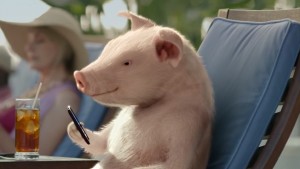It seems like everything is going digital these days. Netflix replaced video rental stores, mp3s replaced records, and for many people, tablets and smartphones are replacing their daily newspaper. So why spend time and money designing physical promotional materials — like customized mugs, pens and magnets — when you could just send an e-mail at a fraction of the cost? Surely tangible advertising is outdated too, right?
Wrong. Today there’s a great opportunity for physical advertising, precisely because digital has become so popular.
For one, home mailboxes aren’t as cluttered and bombarded like they used to be. Don’t get me wrong, consumers still aren’t interested in junk mail. But that’s the beauty of most tangible items: they’re not junk. They’re useful goods with a real purpose.
A well designed postcard with a magnet attached is more akin to receiving a small gift, instead of an inconvenience like most other forms of advertising. The perceived value is much higher, especially when compared to an e-mail. Everyone knows what an e-mail costs.
Another postcard magnet advantage? E-mails aren’t a constant reminder. For most people, once they’ve read an e-mail (assuming they read it at all), that’s the end of that. They delete it, or it’s pushed down by waves of new e-mails, never to be seen again. With postcard magnets, your message is there to stay.
Once your magnet makes it onto the fridge or the filing cabinet, the odds are pretty good it’ll be there for a long time. And if it’s there for a long time, it means your target audience is going to be exposed to your messaging over and over again. We know that on average, most people need to see a message six times before they feel compelled to act.
Do you think that’s going to happen digitally?
you can’t feel an e-mail.
Finally, when you’re considering what method of advertising to use, remember this: you can’t feel an e-mail. For many people, a tactile experience goes a long way towards creating a connection to whatever it is they’re trying to understand. By feeling something with weight and texture, the senses are activated in a way they simply wouldn’t be by merely looking at a screen. When the mind realizes something exists in the real world as an object, it suddenly gains more priority and importance.
These are just a few of the many ways time-tested postcard magnets can be superior to their digital counterparts. How about you? What kind of advertising do you find yourself responding positively to? We’d love to hear your thoughts in the comments below.













